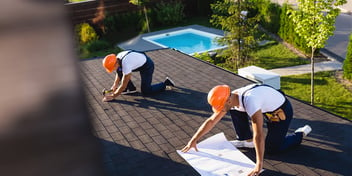- Home »
- Learningcenter »
- Roof replacement cost texas
[Guide] How to Calculate a Roof Replacement Cost in Texas
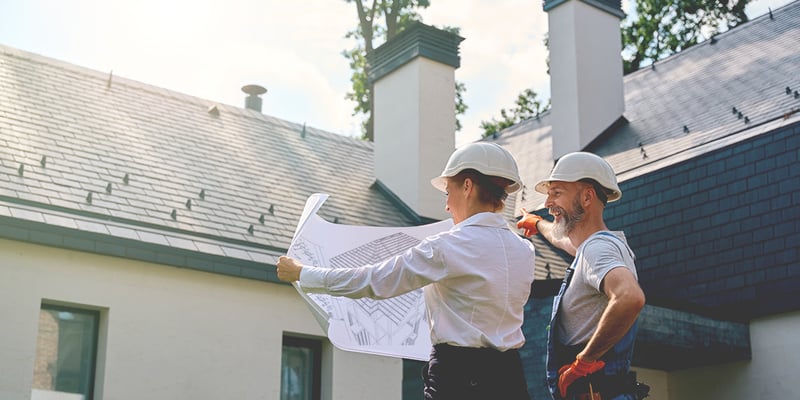
You want an accurate estimate for your roof replacement in Texas, right? The bottom line matters majorly here, and you need to know all those tiny features that add up to change your cost. You have to focus on important aspects like the size of your roof, the materials needed, how much you're shelling out for labor, and any additional services you might need.
The area covered by your roof defines the quantity of materials necessary and dictates the time of the work. On the material front, it's necessary to opt for tough items that are easy on your pocket. Now let's move to labor costs: a few variables can influence this - the roof replacing firm you engage in, the difficulty of your task, the time consumed by the job, workers' proficiency level, and other factors.
Also, be all set for unexpected features that can appear from nowhere. Imagine if you find out, you need to tear off your old roof or get a few permits in place before you can kickstart the work. No doubt, both these scenarios will make a dent in your roof replacement budget.
What makes the process of getting a new roof in Texas a bit complex are the special conditions, sweltering summers, unforeseen hailstorms, and strong winds. All these may force you to pick sturdier roofing materials, which in turn might pump up your materials cost.
Even local regulations could specify how you set up your roof and dispose of the waste: this could influence your project time and labor charges. Take note - these minor things can massively change your initial cost estimate.
Let's talk it over, shall we?
How to Measure Your Roof Size
The first thing you'll need to do is find out how big your roof is.
You'll hear roofers talking about something called a roofing square. What's that? It's like a shortcut that roofers use to make the costs simpler to work out. It means a 10-foot by 10-foot area or 100 square feet in total.
You might be wondering how to go about measuring your roof. Start by writing down your home's size on the ground. Remember to include bits that stick out, like eaves. Use a good, strong tape measure to note down the length and width. When you multiply these numbers together, you have the total size of your ground area.
Play it safe and think about the tilt of your roof - the pitch. Have you noticed how some roofs are more sloped than others? That's helping water runoff. It's super important because it stops your house getting damaged. But it does make measuring a bit harder. Roof pitches are usually measured as low, moderate, or steep. Anything measured at 4:12 or less is low, and everything classed as 12:12 or steeper is steep. The numbers in between are your moderate inclines. In terms of numbers, it's about 1.06, 1.25, and 1.41, in that order.

With the ground area and the right pitch number, you're already able to work out a rough estimate of your roof's total area. Is this starting to sound a bit difficult? If you're starting to feel a bit overwhelmed, there are some great online calculators that do all the hard work for you! Just enter your ground measurements, roof pitch, and local costs.
There's absolutely no room for error when you're calculating how big your roof is. One mistake can throw your budget out or leave you with loads of leftover materials. That's where a professional can be worth their weight in gold. Yes, hiring a pro will cost you, but just think of the hassle and potential future savings!
Finally, let's think about those roofing squares again. To figure out how many squares you need, basically, divide your roof's total area by 100. With a number in hand, you're all set to work out how much your new Texas-sized roof is going to cost.
How to Choose the Right Roofing Material
Asphalt Shingles? Look at them first! You can expect to shell out around $80 to $100 per square for these - pretty darn affordable if you ask me. Be careful, though! Severe Texas heat can warp these shingles. They hold up for about 20 years, which isn't bad for your wallet.
Onwards to Metal Roofs! They're pricier, I'm warning you now. Costs can run anywhere from $100 to $800 per square. But look at the bright side - they deflect heat, just what you need for the Texas weather! Also, they last between 40-70 years, so chances are that these roofs will last a lifetime. One potentially off-putting factor is that they might echo noise during hard-hitting rain or hail. But, some people grow fond of this noise - something to think about, nevertheless.
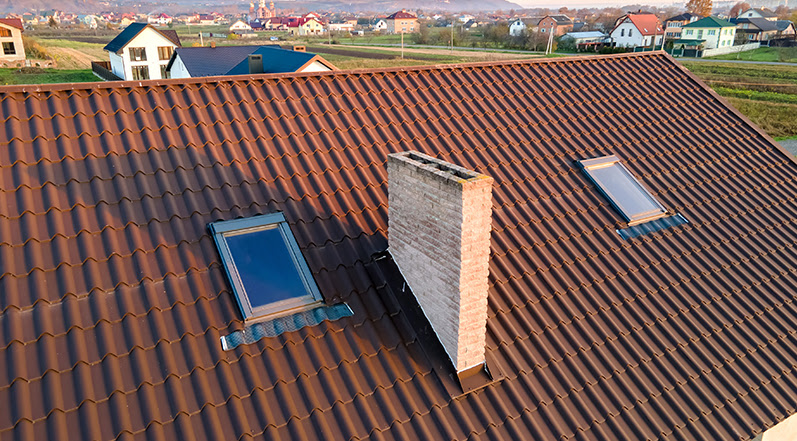
Ever thought about Tile Roofs? Brace yourself; they're priced from $600 to $800 per square, but they're sturdy - and sometimes last for half a century! The downside is the additional costs you'll pile up because they need extra structural support.
Have you given any thought to Wood Shingles? They offer natural insulation - and cost anywhere from $250 to $600 per square. Life expectancy is around 25 to 30 years. Be aware you'll need constant upkeep to prevent mold and decay. They're pretty to look at - but are they worth your time and effort in maintenance? That's for you to answer.
You need to think about how long it will last, how often you'll be up there doing maintenance, and whether your chosen material can stand up to the worst of the weather.
How to Calculate Labor Costs
A variety of factors determine the cost when you have to swap out your old roof; one major influencer is the difficulty of your roof's design. Have a steep slope or a skylight - or maybe a couple of chimneys? Those are the sort of things that add hours to a job and jack up the final price. Your choice of materials matters too - for example, you'll save some money on labor if you go for asphalt shingles instead of slate or metal.
So, what kind of costs are we looking at in Texas? Well, your run-of-the-mill jobs usually fall somewhere between 50 cents and a dollar per square foot. Have a more complicated gig? That could drive up costs to around $2.00, even $3.00 per square foot. But remember. That's a rough ballpark figure. Alignment of the stars, the phase of the moon - just kidding! The real factors that determine your cost are the special features of your roof and the materials you pick.
Location matters, too. Live near a big city - like Dallas or Houston - where a lot of contractors are competing for business? Chances are labor costs will be a bit lower. But if you're out in the sticks with only a few contractors around, prices might be a bit steeper; lack of competition does that to prices.
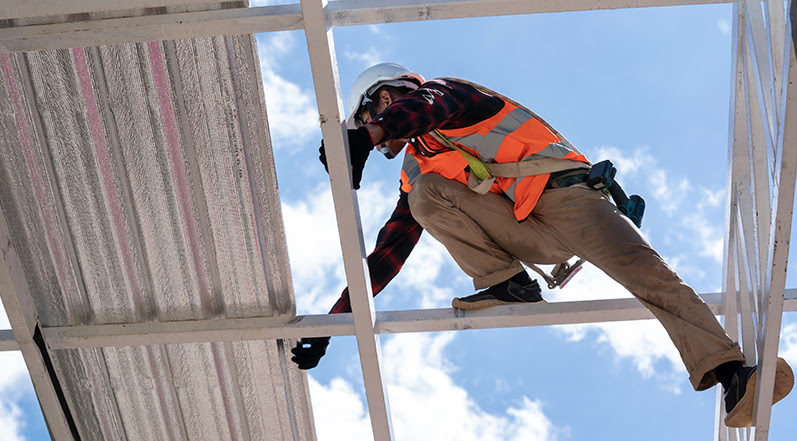
Here's something to think about - seasoned roofers might cost you a bit more. But think about it: their proper work will probably last longer and be more solid. So even though you pay more upfront, their work could end up costing you less.
What time of year it is and what the weather is like can both influence the cost. Really, think about working on a roof in the middle of a hot Texas summer! That's the kind of job they charge extra for - and can you blame them?
The Cost of Removing Your Old Roof
Budgeting for a roof replacement in Texas means you have to think about the cost of getting rid of your old roof, too. It's an important part, right? Mostly, what your roof is made of and how it's doing condition-wise can shape how hard the removal will be and, of course, what it'll cost you.
So, size is a big factor when figuring out roof removal costs. Bigger roofs make you put in more time, more work, and more materials - and that's going to pump up the cost for sure. So, how much are we talking about here? Roof removal in Texas typically goes between $1 and $5 for each square foot. Here, how difficult the job is and what kind of material we're dealing with can change the cost.
Let's talk about materials. Asphalt shingles aren't typically too difficult to remove, being light and easy to handle, so they won't cost you as much to remove. Metal or tile roofs, on the other hand, are a whole other story. You're going to need more muscle and special tools to deal with these, and that means more money outta your pocket.
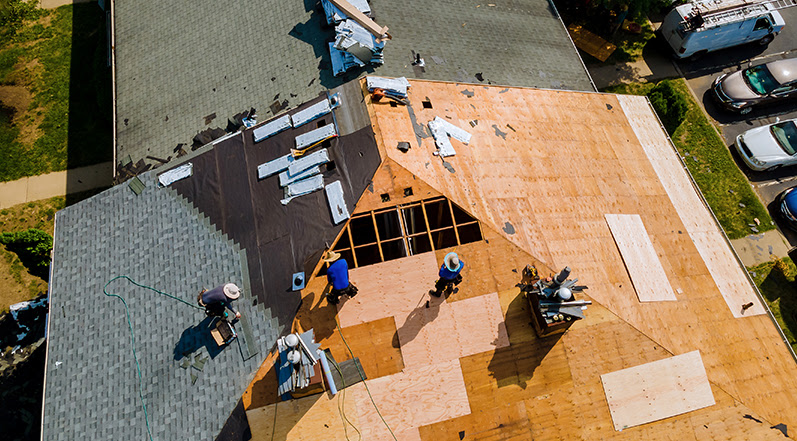
Sometimes, if your old roof is in decent shape and it's okay by the local building people, you can stick a new roof right on top of it. In other cases, you're going to have to strip everything off first. Truth be told, getting a clean surface for your new roof can make it last longer.
Then there's the cost of chucking out the old things. Hauling the old roofing material to the dump also adds to your bill. If you're ditching asphalt shingles at a recycling center, you're looking at anywhere between $20 to $50 for each ton.
What Are the Additional Costs?
You're thinking about replacing your roof in Texas, aren't you? Be alert to hidden costs that could make your bill a lot bigger.
You know that underlayment is a really important protective layer beneath the roof shingles, right? It stops water and ice from wrecking your home's structure. If you skip this part, you're asking for water damage and expensive repairs.
An equally important factor is the drip edge: that piece of metal flashing at the roof's edge that directs water toward the gutters. Doing this job keeps the roof's inner parts safe from water damage.
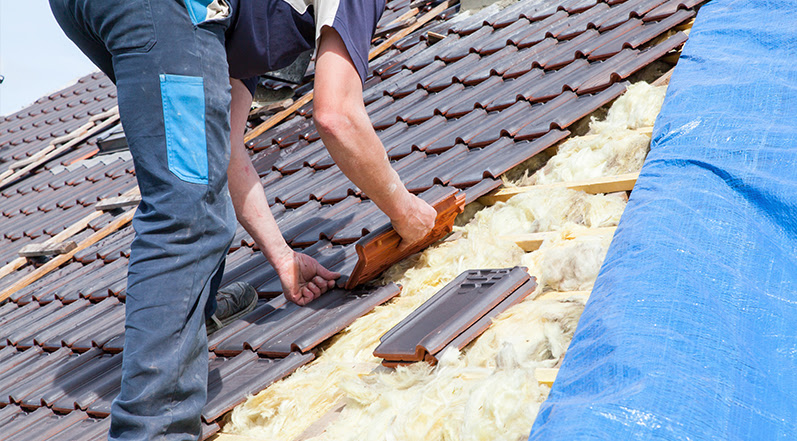
And do pay attention to fascia boards! These bits of wood, sitting along the roof's edge, work as a guard between your roof and the outside world. A little upkeep or replacement can help keep moisture damage at a distance and make your roof last longer.
Remember how important gutters are, too. They manage rainfall, protecting your roof and the walls and foundation of your home as well. Forgetting about gutters during a roof replacement could cause water damage to your unwelcome guest - along with big repair bills.
Surprise! The first cost estimates you get might not take into account permit costs. Some places in Texas just won't let you do roofing projects without a permit. Forget this, and you might find yourself paying fines, and this will make your replacement costs go up.
Average Roof Replacement Costs in Texas
So, why do roof replacement costs in Texas keep changing? Size, materials used, and any extra benefits play a part. A usual 2,000 sq. ft. shingle roof can land you a bill from $10,000 to $15,000.
The materials you pick will deeply affect how much you end up paying. If you opt for asphalt shingles - an economical option - your costs will hover around $3.50 to $5.50 per sq. ft. On the other hand, deciding to deal with proper materials like wood shake, metal, or tile roofs can send bills shooting up to about $20 per sq. ft. Difficult here? Match your roofing needs with your pocket before settling on a material.

Expect to add some more for extra services. Roofing enhancements and specifics like flashing trim and ridge caps are common add-ons. Also, labor expenses to chuck old roofs, take away debris, and deal with any fixes needed for the wood structure beneath.
There's always a chance that you may have to deal with some surprising costs for your roof replacement project; I wouldn't forget that. This write-up gives a rough cost scale, but unpredicted troubles could shoot actual costs through the roof. Special roof designs or hidden structural damage, even certain county permits, can majorly bump up final costs.
Example Calculation: Estimating Your Roof Replacement Cost
Want to budget accurately? I have to know your roof's dimensions. From up high, roofs often look bigger than the house's total area. A smart way to figure out your roof's size? Multiply your home's total square footage by 1.5. For a 1,500-square-foot home, that puts your roof at about 2,250 square feet.
Let's talk about the materials. Down here in Texas, shingles typically cost around $6 for every square foot. So, if you have a 2,250-square-foot rooftop, they alone could set you back roughly $13,500.
Labor - the work of putting in your shiny new roof - that's more dough out of your pocket. Figure about $1 for every square foot. For the same 2,250 square-foot roof we're talking about here, that's an additional $2,250.
Remember about the cash you'll need to set aside for getting rid of your old roof. Usually, that's around a dollar a square foot, so, yup, another $2,250.
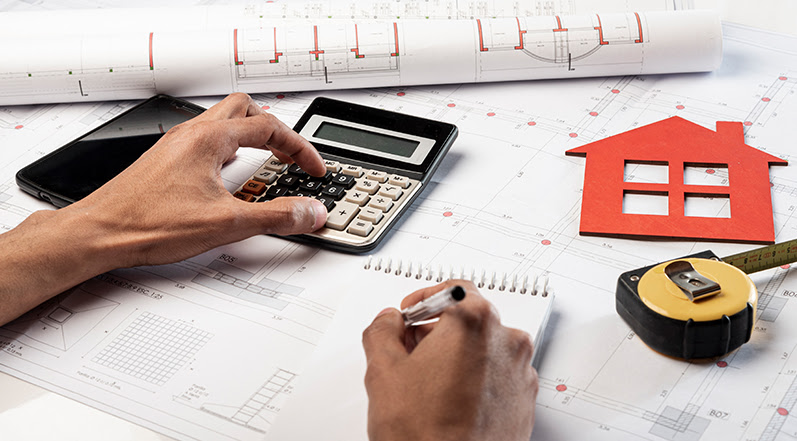
Thought about the other costs? Permit fees, dumpster rentals, surprise repairs - they can sneak up on you. You know what I do? I tuck away an extra 15% of my budget as a safety cushion. On a house like our 2,250-square-foot example, that's a bit more than $2,900.
When we added all this up for the 2,250 square footer, it came to about $21,925. But remember, this isn't a hard and fast number. There's always a chance it could change - that's why it's good to get an expert roofer for a precise quote that's built to preference.
At Colony Roofers - that's us - we have people in Georgia, Florida, and Texas. Need a free roof inspection? Quality repair and installation? We got it covered. We love to keep our customers safe and assets protected. Ready to make us your favorite for all things roofing? Reach out to us at Colony Roofers! We're looking forward to working together.
 Call (678) 365-3138
Call (678) 365-3138


